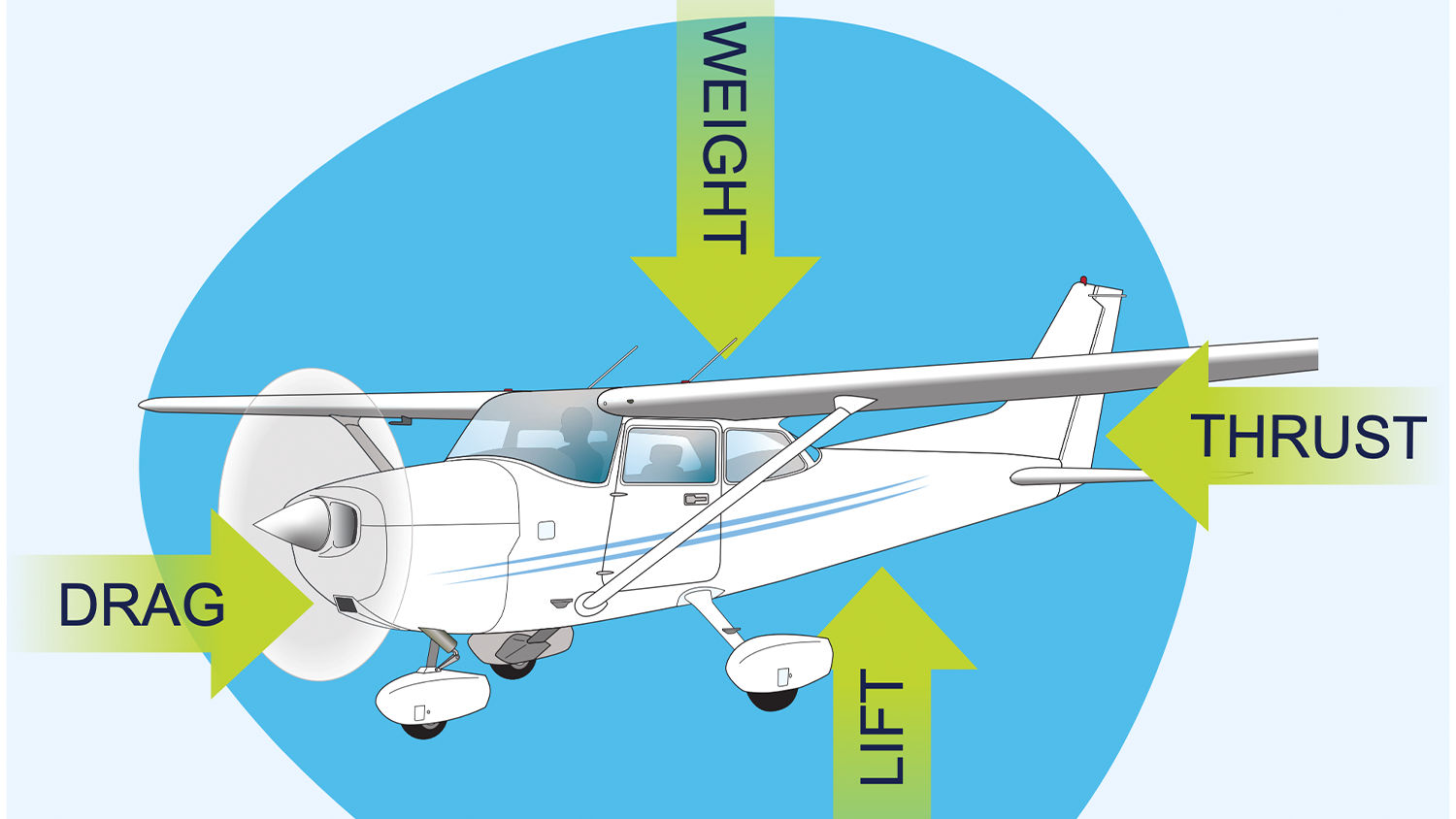Free Resources Developed by Assistant Teaching Professor Kevin Sutton Help K-12 Students Learn About STEM, Aviation

K-12 students can explore the field of aviation while learning about a variety of STEM-related topics through a program created by the Experimental Aircraft Association (EAA) and the NC State College of Education.
For the past three years, Assistant Teaching Professor of STEM Education Kevin Sutton ’18EDD has been helping to develop AeroEducate, a free online resource for teachers, parents and students that features a curated series of rigorously vetted STEM activities and an innovative badging system that is nationally recognized by the EAA and partner institutions.
“Through AeroEducate, we will provide youth a free avenue to be engaged in aviation and show clear pathways to lucrative careers,” said Justin Payton, EAA AeroEducate program manager. “The program is multifaceted with both self-guided and classroom-style activities that teach and inform kids about aviation principals, fundamentals and careers.”
Partnering with the EAA are companies that include United Airlines, Airbus and Siemens. Together they are looking to help young people gain an interest in aeronautics and show career pathways into the aviation industry which, like many other STEM sectors, is facing a workforce shortage.
“There’s a huge shortage in the STEM career pipeline, and they’re not just looking for pilots. They’re looking for maintenance technicians, designers, air traffic controllers, business managers, etc,” Sutton said. “This is just a way to get kids engaged and a way to learn STEM in an integrative way.”
The AeroEducate website features a variety of age-appropriate experiments and activities for K-12 students that introduce them to aeronautical concepts like lift, force and acceleration. Projects can be integrated into formal and informal educational settings or completed independently by students.
To develop content for the website, Sutton put together a project team with expertise in STEM education. Team members included NC State alumni Jeremy Ernst and recent NC State graduate Aiman Hussein ’21, who served as the team’s graphic designer, formatting activities for ease of use and accessibility. Laura Doyle, Ed.S, an educator from Westfield Public Schools in New Jersey, Sharon Bowers, Ed.D., and Rebecca Jaramillo, educators from the National Institute of Aerospace in Hampton, Va., completed the team. Doyle is a technology education teacher at Westfield High School. Bowers and Jaramillo, both recipients of the Presidential Award for Excellence in Science Teaching, have extensive experience in STEM activity design and have developed award-winning educational outreach resources for NASA, the U.S. Air Force, FAA, individual school districts and informal institutions.
Working in conjunction with EAA over the past year, the team developed a set of 24 aviation-themed Integrative STEM activities designed for use in both formal and informal learning environments.
Field-tested with hundreds of students in Virginia and New Jersey schools, lessons include engaging hands-on activities with an engineering component. By creating a balloon plane, for example, students learned about Newton’s Second Law of Motion as they modified a balloon to accelerate down a fishing line runway while carrying various amounts of cargo.
“My high school students completed the Lighter Than Air challenge in June. Using a large helium balloon and the parts to a remote-controlled model airplane, students had to create a neutrally buoyant and steerable blimp,” Doyle said. “Once they figured out how to orient their propellers and handle steering, they had a blast maneuvering their blimps around the different obstacles in the classroom. They started off steering in a figure-eight path, but soon incorporated their own ideas: steering through an upright hula hoop, knocking over plastic cups, and ‘kicking’ a beach ball. It was great!”
The website also includes a section focused on aviation careers students may want to consider in the future, opportunities to sign up for scholarships, and the ability for students between the ages of eight and 18 to sign up for Young Eagles Flights — a free flight in a private plane with an EAA member.
Educators can select activities based on grade-level bands and view full lesson plans that are aligned with national STEM curricula, Sutton said. The website also includes posters that enrich various activities, glossaries of aviation terms, and charts that identify specific alignment to Common Core Math Standards, Next Generation Science Standards and the Standards for Technological and Engineering Literacy.
The website, which is currently in beta testing, officially launched at the end of July, in conjunction with the EAA AirVenture Oshkosh fly-in, a weeklong meetup of more than 600,000 aviation enthusiasts from 66 countries.
The event gave more than 65 teachers an opportunity to engage with the website and featured classroom-style lessons where students learned about navigation and sectional charts as well as a hands-on lesson that they could take back to their classrooms.
“I’ve said for the last couple of years that we’ve been developing this program, it really is going to be part of our legacy that we’ll be very proud of into the future,” said Jack Pelton, CEO and EAA Chairman of the Board, during the launch of AeroEducate. “This is our commitment to not only getting [kids] exposed to aviation, but then helping them on the journey to find their career and find their way and end up with a career in all aspects of aviation.”
- Categories:


